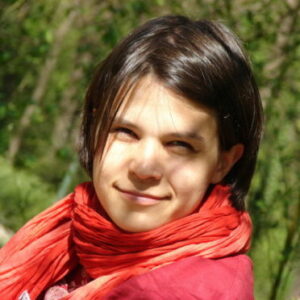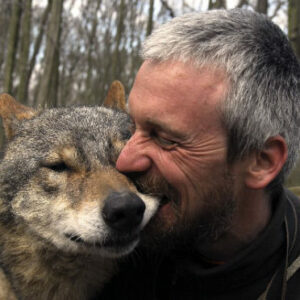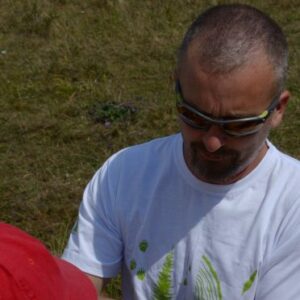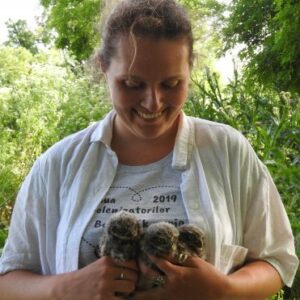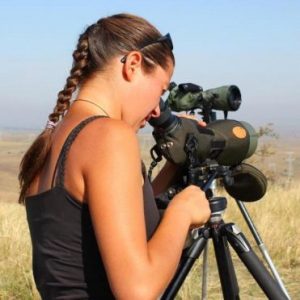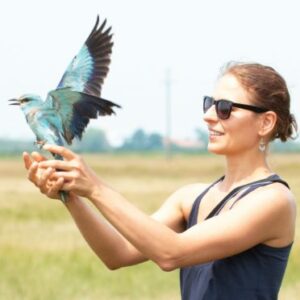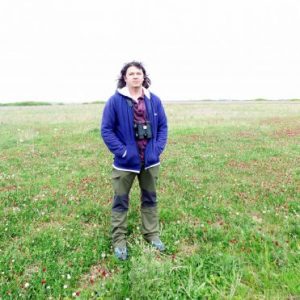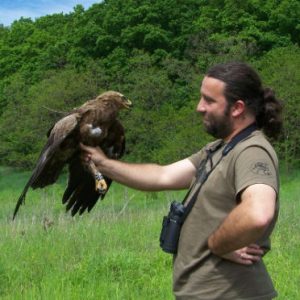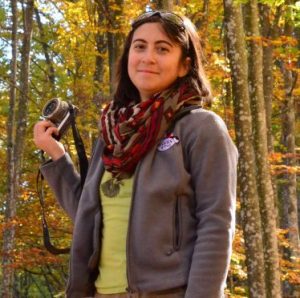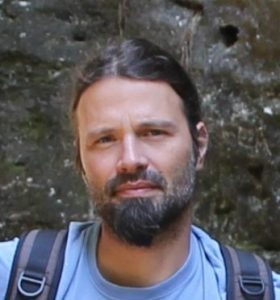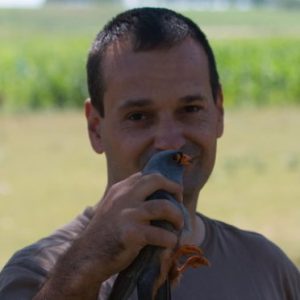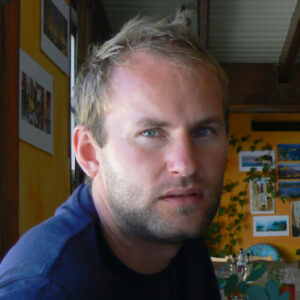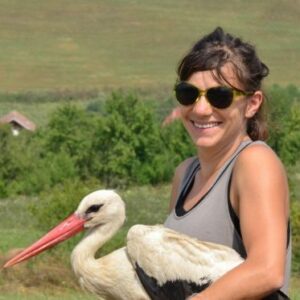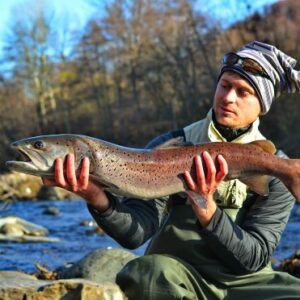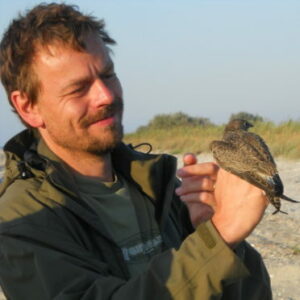The White Stork (Ciconia ciconia) is one of the best known and most popular birds in Romania. This bird has been nesting close to human settlements for a very long time. On stables, haylofts and trees in the past, and almost exclusively on electric pillars nowadays. From an evolutionary point of view, this nesting site shift happened exceptionally quickly. The first stork nest located on an electric pillar was recorded in 1971, and currently, 93% of the entire stork population is nesting on these poles. Therefore, the conservation of White Storks is closely linked to the electrical grid: not only because their nests are on low-voltage electric pillars, but also because most storks die electrocuted on medium-voltage power lines, especially during migration. The nests on the power poles may cause many problems for both the energy suppliers and the birds as they may cause short circuits, catch fire etc. There are solutions to both problems – artificial nesting platforms must be installed under the nests and the medium voltage power lines which cause electrocution must be insulated or replaced with avian safe electric pillars. In 2005, 1999 nesting platforms were placed under the stork nests across the country and progress was made in solving the death of birds caused by electrocution on medium voltage power lines.
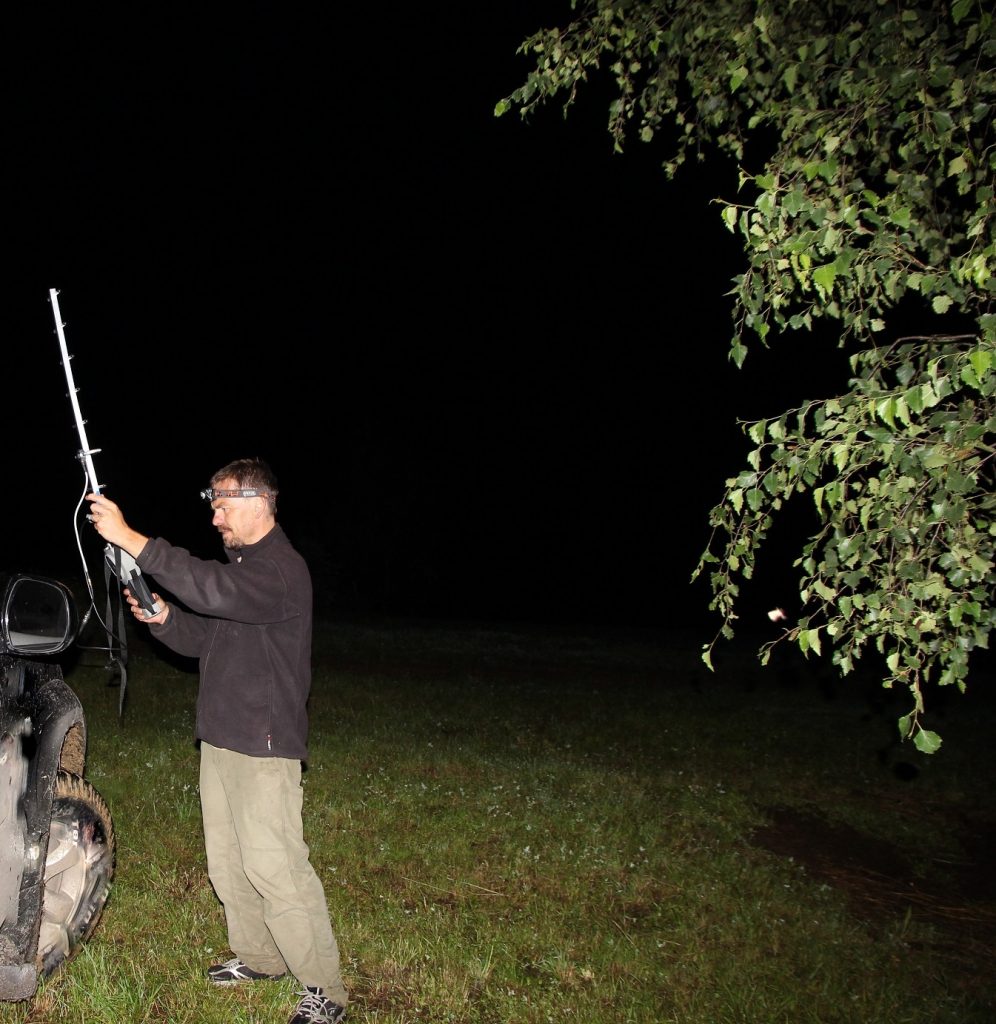

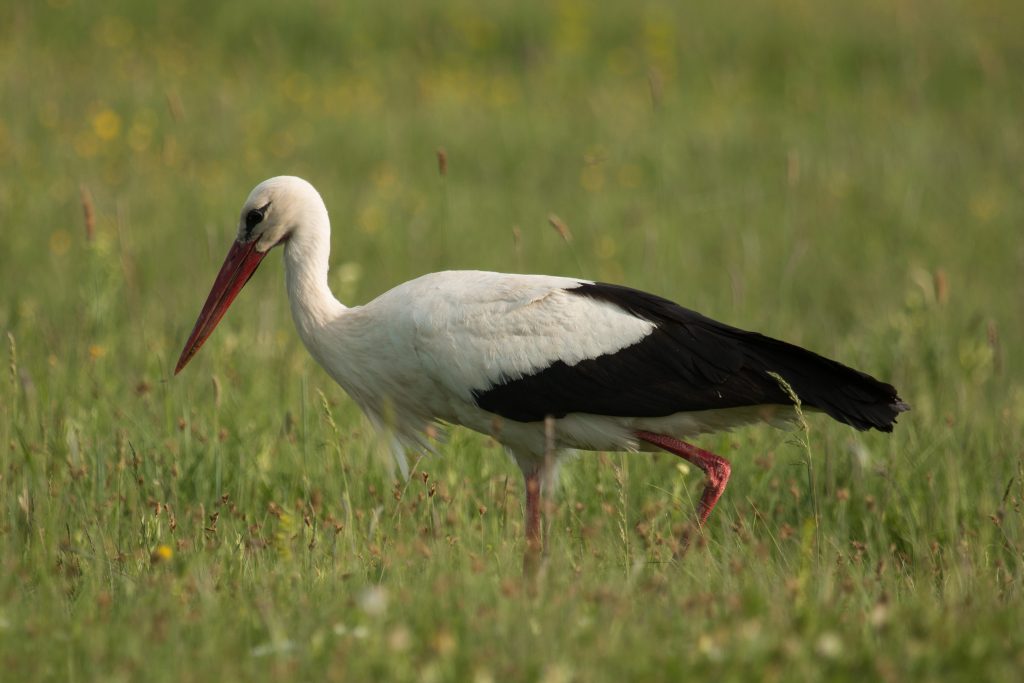
We published two handbooks on the matter: A Guide for White Stork Nesting Platforms on Buildings, which was addressed to the local residents and A Guide For White Stork Nesting Platforms on Electric Poles (already published in two editions) for energy suppliers. Despite their popularity, the complaints against storks have unfortunately increased in the last 10 years, especially because of the mess made by the nesting birds. We carried out many awareness-raising campaigns over the years – we organised an exhibition dedicated to storks with over 8,000 drawings from three countries and installed information panels in many villages, like Dumbravioara, Cristian, Ciumești etc.
Organising and conducting stork censuses is an important conservation action as this is the only way to see the population-level changes. We started counting storks in 1994 in several areas, covering a few counties (Mureș. Brașov etc.) or riverbanks (larnava Valley), which resulted in the printing of several publications. Between 2004-2005, we organised a national stork census in partnership with the Romanian Ornithological Society, which was repeated ten years later. Based on these assessments, we can affirm that the stork population in the country is stable and it contains 5,500-6,000 breeding pairs.
We paid special attention to a village with many storks that we grew very fond of. In 2004, we launched a complex programme – Dumbravioara, the stork village. We established the Stork Museum, we organised a stork festival and we tried to develop local tourism. It was also here that we installed the first Romanian webcam on a stork nest. Between 2006 and 2009, the nest live streaming was available only in the museum, but since 2010, the nest in Dumbravioara may be watched online. And since 2015, the events within the nest can be seen at a much better resolution.
It is well-known that White Storks are migratory birds. The data we get from the ringed storks help us immensely in identifying their migration routes and wintering sites. Until 2016, Milvus Group ringed more than 1,000 storks, mostly chicks.


